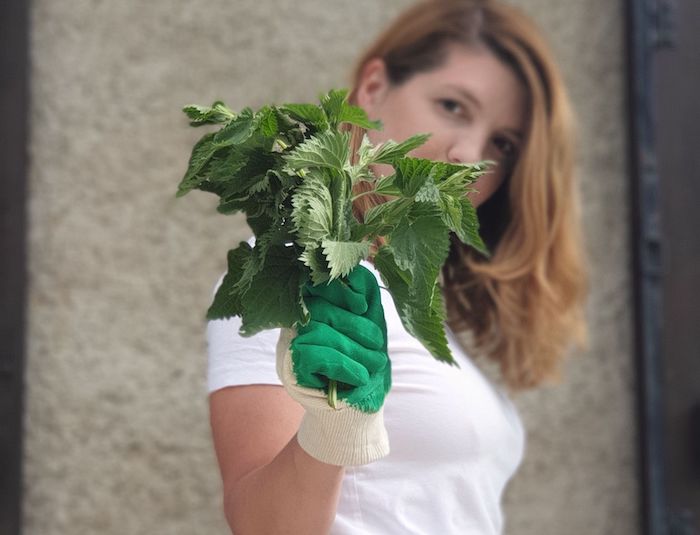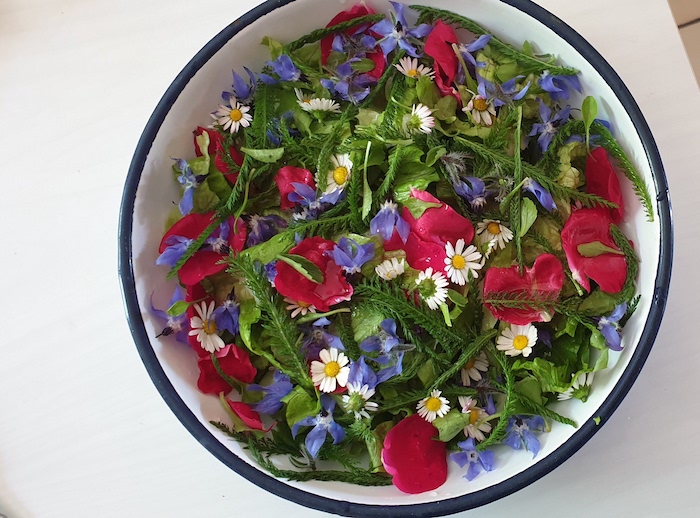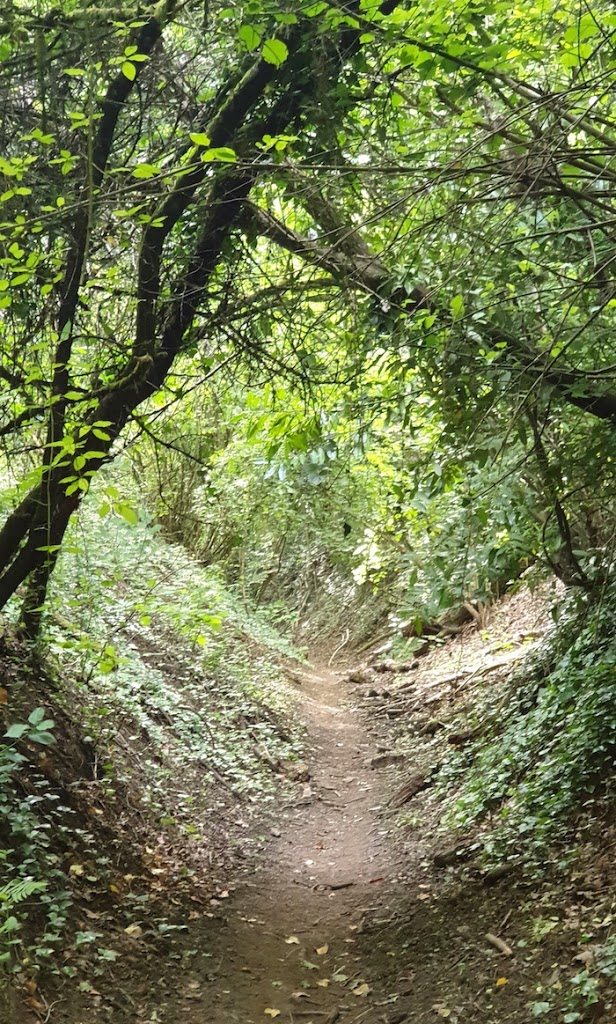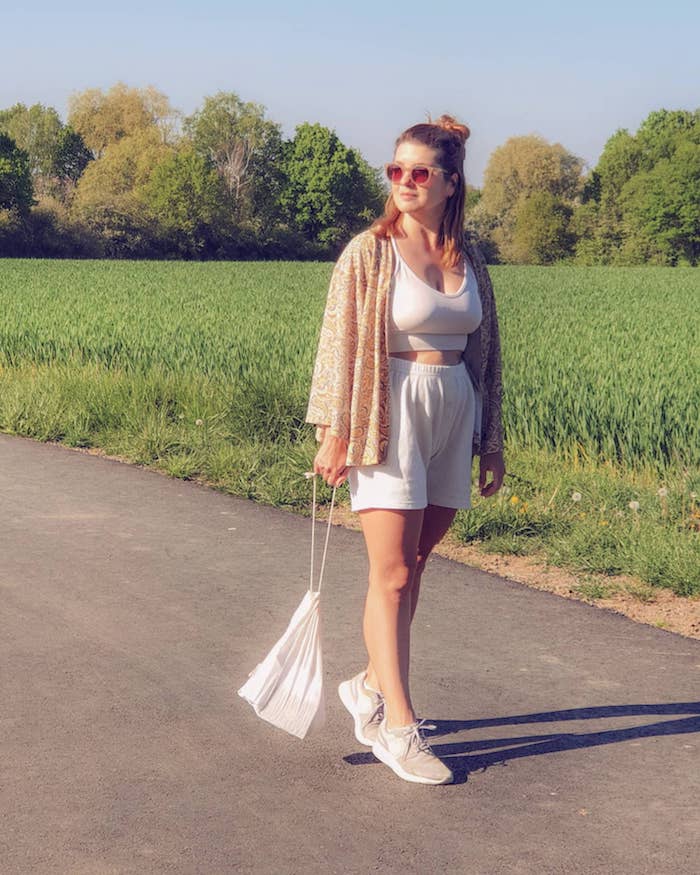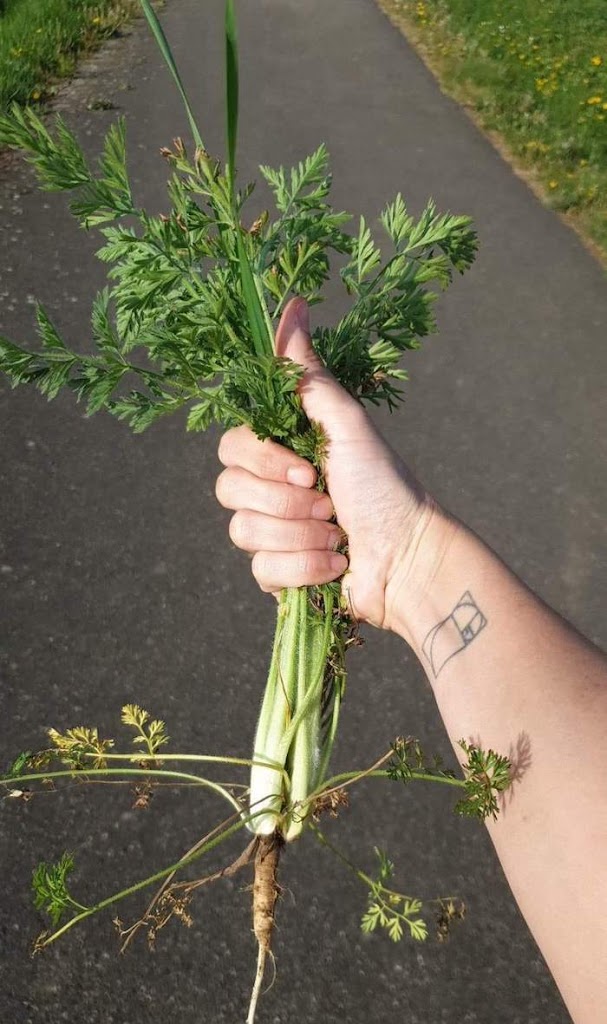Foraging 1 0 1 : an easy guide to help you forage wild plants
If anything good came out of the corona lockdown, it must be me reuniting with my passion for botany. Spring is the perfect time to forage wild plants. Boring you say? Nah-uh! Nothing is boring when it involves food. For the last 3 months, I cooked with wild plants and I absolutely loved it!
Why would you forage wild plants though?
Weeds and wild plants are packed with vitamins and minerals but they’re also rich in active compounds that have medicinal properties. Because they grow in the wild, they tend to be more nutritious than store bought greens and very often they’re not just consumed as food, they can also be used as medicine. So obviously, when you eat them, you get health benefits too. But honestly, the reason why I like them so much is that they bring a bunch of new flavours into my plate and they are available for free.
Ideally, the best way to learn is to forage with someone who knows about that stuff. AAAAh if only… The next best thing is to do what I’m about to say.
It’s easier than you think!
Start by going out. It can be a hike in the country, a walk in the park or even in your own garden, it doesn’t matter. But take the time to look at plants and try to identify them. I’m not talking about the pretty ones you find in planters though; I’m talking about the weeds that grow in the grass or by the side of the paths. Some of them, like dandelions, nettles or daisies, you probably already know. There is already a lot you can do with those. For the other ones, you will need the help of a plant identification book. There’s also an app called Plantnet I use sometimes, but it’s not very accurate. At this point, it’s not that important. The goal is to train your eye and learn how to identify plants. When you feel confident enough, you can start harvesting.
When in doubt…
Some plants can be very easy to identify. Others can be toxic and easily confused with edible ones. So if you’re gonna eat something, you have to be absolutely sure about what it is. Stick to the plants you know first and everything will be alright.
But let’s move on to the technical part. How do you actually forage wild plants?
I think there are two approaches to finding food in the wild. You either know where to go to find something specific or you walk around and see what you can find. The more you forage, the better you will know about where to go. Just make sure it’s legal. Places like national parks don’t allow you to take anything or in some areas, some plants species are protected. Check the regulations online just to be safe. If it’s allowed to, be a good person, take only what you need and try not to step on the rest of the plants. Avoid weeds that grow by the side of a road, on the edge of a field or on pastures because they can be contaminated with heavy metals, pesticides or feces. Not cool. I find mine in the garden, in the forest or by hiking paths and I always soak them in vinegar water before washing them.
What about the gear?
I usually walk around with several fabric produce bags and carry everything I found separately. A basket can work too. Try to avoid plastic bags because they’re not breathable. Bacteria could develop, especially if the plants are wet and they might get damaged faster. Also, try to wear clothes that are rather tight and cover your arms and legs, especially in tall grass, to avoid ticks and other bugs. Always inspect yourself when you get home. Depending on where you live, there might be other dangers like snakes or poison ivy. Take them into consideration.
This should be enough for you to take your first foraging trip. I hope you’ll have as much fun as I do and if you want to take things further or learn about the medicinal properties of wild plants, know that there are online courses you can take. They might be a little pricy, but they’re worth it.

